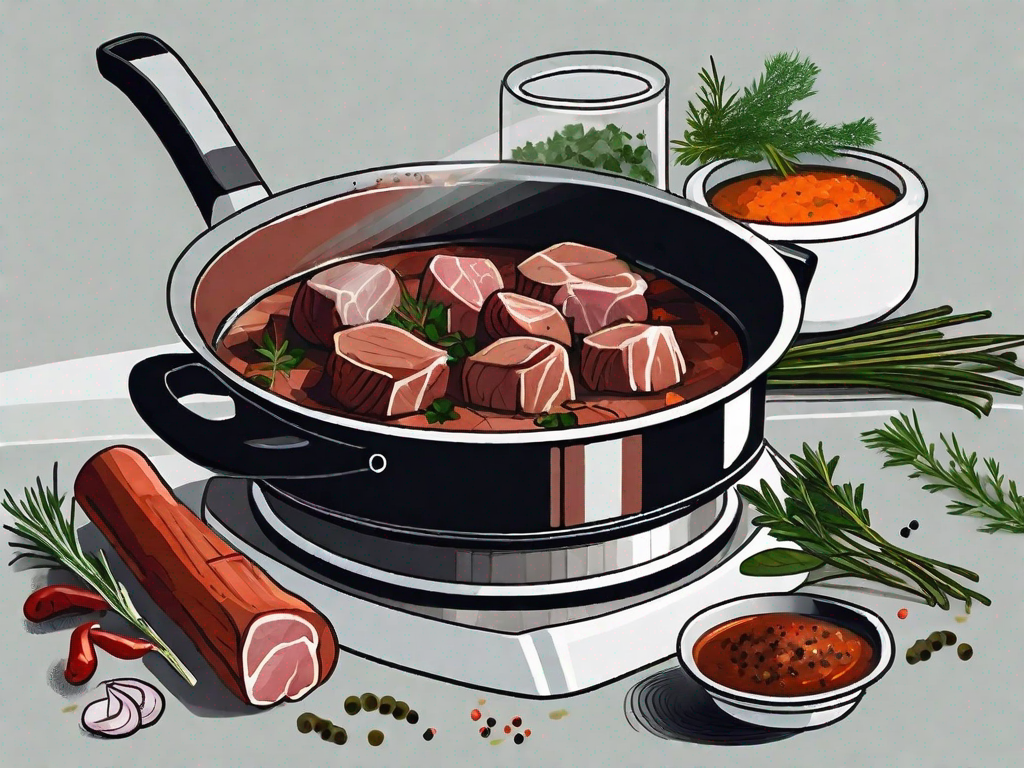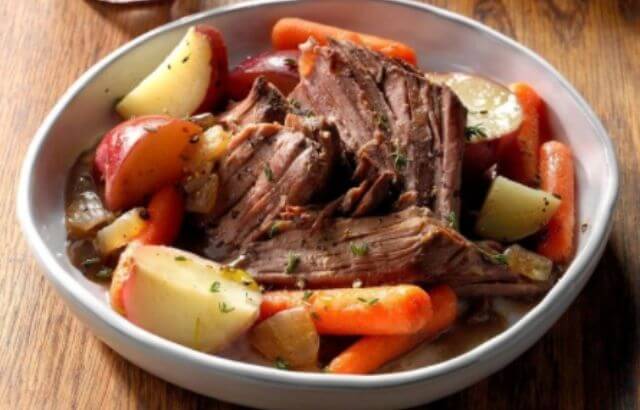The art of cooking meat is one of transformation. From raw to tender, each step brings us closer to a culinary masterpiece. However, even the most skilled chefs can sometimes find themselves with a piece of meat that’s more akin to shoe leather than a savory centerpiece. But don’t despair! Just as Lazarus rose from the dead, so too can tough meat be resurrected into a succulent delight.

Image: fixitinsider.com
Unveiling the Secrets of Tenderness
The key to understanding how to fix tough meat lies in comprehending what makes it tough in the first place. Meat toughness is primarily determined by two factors:
- Collagen: A fibrous protein that binds muscle fibers together, collagen can be tough when uncooked. Extended cooking, in the presence of moisture, breaks down collagen, resulting in tender meat.
- Myosin: Another protein found in muscles, myosin is responsible for muscle contraction. Overcooking meat can make myosin tough and stringy.
Salvation from the Pit of Toughness
Now that we know the culprit, let’s explore the methods to its salvation. The following culinary techniques can help transform tough meat into a culinary delight:
1. The Magic of Slow Cooking: A Marathon to Tenderness
The low and slow approach is a time-tested method for tenderizing tough meat. When simmered for an extended period, the collagen gradually breaks down, yielding meat that falls apart with ease. This technique is ideal for stews, braises, and other dishes where time is on your side.

Image: lesrecettes.org
2. Marinade Magic: A Flavorful Elixir
Marinating meat before cooking not only infuses flavor but also helps tenderize it. Acidic components in marinades, such as vinegar, citrus juices, or yogurt, break down proteins and weaken the collagen structure. The longer the meat marinates, the more tender it becomes.
3. Mechanical Tenderization: Beating the Meat into Submission
Physical force can also tenderize meat. Pounding or cutting the meat into smaller pieces creates more surface area, allowing more tenderizing liquid to penetrate. This method is particularly effective for tougher cuts of meat like flank steak or round steak.
4. The Power of Enzymes: Seeking a Natural Ally
Certain enzymes, such as papain from papaya or bromelain from pineapple, can act as natural tenderizers. By breaking down proteins, these enzymes help to soften meat. Simply apply these enzymes to the meat and let them work their magic.
5. Liquid Redemption: A Bath of Moisture
Keeping meat moist during cooking is crucial for preventing toughness. Use liquids such as broth, wine, or beer to create a flavorful and tenderizing environment. Adding moisture not only prevents the meat from drying out but also helps break down collagen.
6. The Vecchia Signora Approach: Patience is a Virtue
Often, the best solution for tough meat is simply patience. As it continues to cook, collagen will continue to break down, eventually yielding tender meat. This is particularly true for large cuts of meat, such as roasts.
How To Fix Tough Meat In Stew
Conclusion: A Culinary Revolution
Transforming tough meat into a succulent delight is an art form that requires patience, know-how, and a touch of culinary alchemy. By employing the techniques outlined above, you can elevate any cut of meat to culinary greatness. Remember, a little extra time and effort can make all the difference, turning a potential disaster into a triumphant dish. So grab your wooden spoon, fire up your stove, and embark on this culinary adventure to conquer the realm of tough meat once and for all.